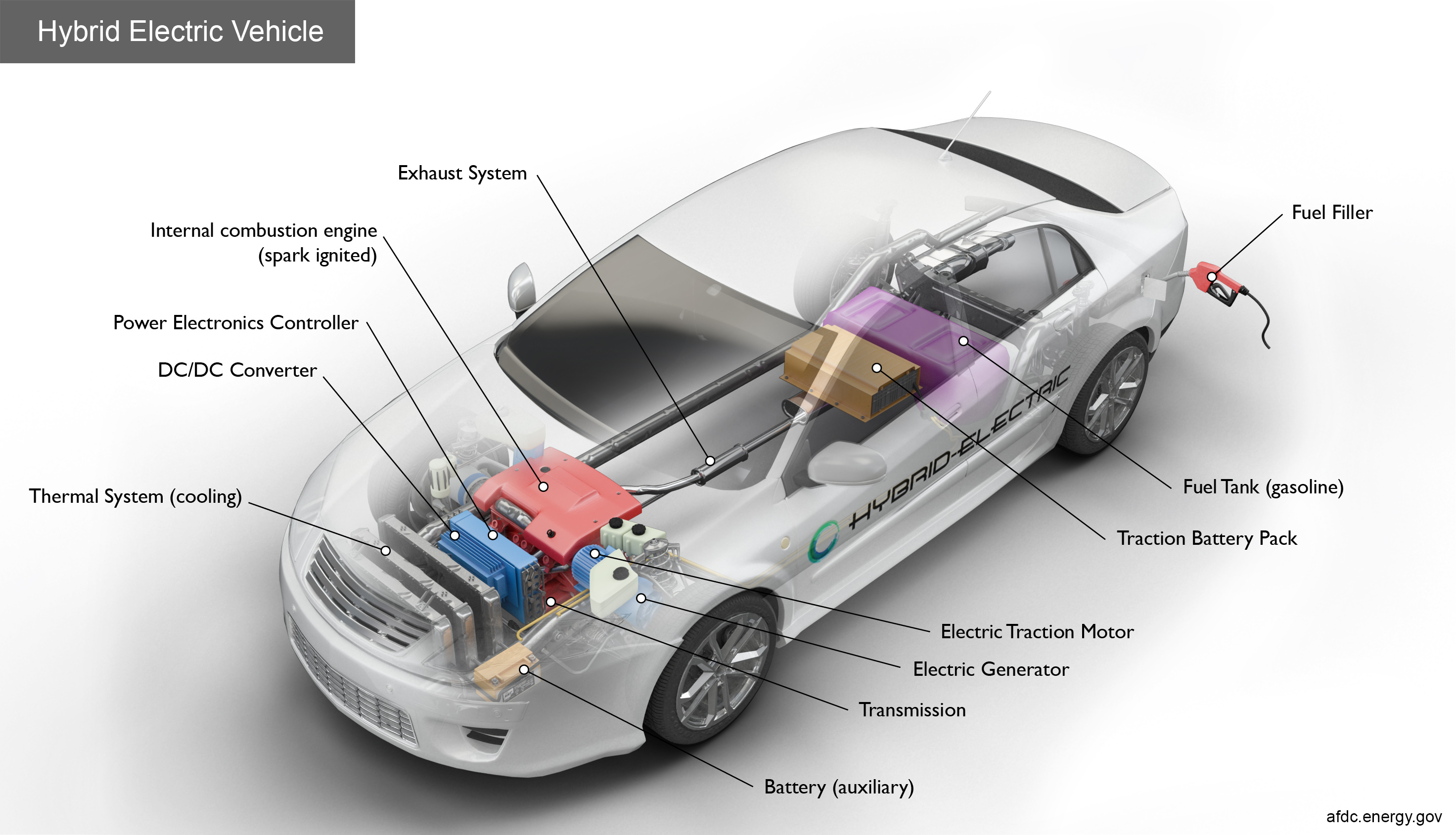pada tanggal
Car
car design
- Dapatkan link
- X
- Aplikasi Lainnya

After observing excessive price increases at gas stations and car owners’ concerns about global warming and the greenhouse effect, the car industry invented hybrid cars to address these issues.
A hybrid car is a vehicle that uses two or more different energy sources to operate its engine. The most frequently used term in such vehicles is HEV (Hybrid Electric Vehicle), which uses an internal combustion engine and an electric motor. Apart from electric motors, other energy sources that can be used in hybrid cars are hydrogen, compressed air, liquid nitrogen, wind power, solar energy, as well as coal, wood and other solid combustibles.
The first question that arises is why not just use an electric car to eliminate the risk of pollution and avoid soaring gasoline prices. Why do you need this hybridization? In order to drive a car on a national road, you must be able to easily refuel at least 300 miles before refueling and maintain an average speed close to the average speed of other vehicles on the road.
Electric vehicles are almost clean and do not require gasoline, but they take a long time to charge, move at a relatively slow pace, and need to be charged after up to 100 miles. Gasoline engines, on the other hand, can easily meet these requirements, but they consume a lot of fuel and are a major cause of global warming.
A hybrid car is a bridge between these two engines, a compromise, and takes advantage of both positive attributes to minimize negative impacts. While overcoming the limits of electric vehicles, we are trying to significantly improve fuel efficiency and reduce gas vehicle emissions.
Hybrid vehicles are equipped with a gasoline engine that is smaller than ordinary vehicles and use advanced technology to reduce emissions and improve efficiency. A fuel tank, the energy storage device for a gasoline engine, a sophisticated electric motor, a motor (to draw energy from the battery to accelerate the car), and a generator (to slow down the vehicle and return the energy to the battery). Apart from that, the HEV includes a transmission and a battery that act as a storage device for the electric motor.
Hybrid car engines can be configured in parallel or series configurations. In a parallel hybrid, both the engine and the electric motor rotate the transmission at the same time. The fuel tank supplies gasoline to the engine. At the same time, the battery powers the electric motor. In the series hybrid, the gasoline engine does not supply energy directly to the vehicle. Rotate the generator, which can either charge the battery or power the electric motor that drives the transmission.
The main purpose of the invention of the hybrid car was to improve mileage and reduce toxic emissions. These goals are highly achieved by HEVs. The gram / mile limit standardized in most countries is efficiently met by these vehicles, and given the high rate of gasoline, the investment is also beneficial.
Komentar
Posting Komentar